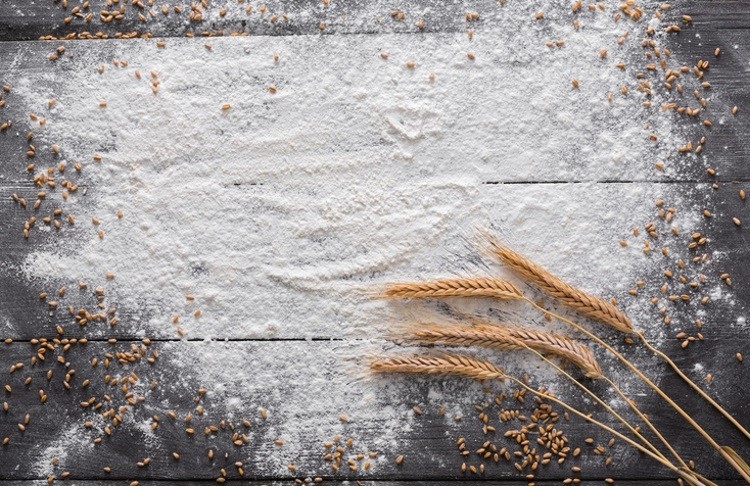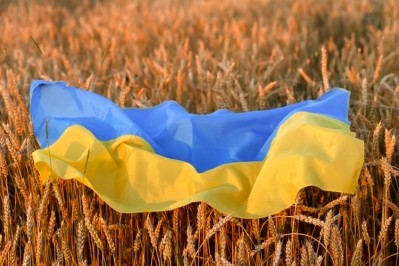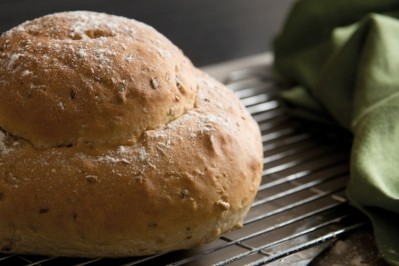UK to see smallest wheat crops in decades: Carr’s Flour monthly Wheat Report

Carr’s Flour – which has three mills in Fife, Cumbria and Essex – said it is times like this that demonstrates the strength of your supplier relationships.
“We must really appreciate how brilliantly the Grain Trade, who collect wheat from farms and truck or ship it to our mills, have ‘kept calm and carried on’, despite the obvious challenges.
“Carr’s is unique in the UK milling industry in getting a significant quantity of the wheat delivered by ship to both the Silloth and Kirkcaldy mills, which are adjacent to their own small ports.”
It added a shout out for its staff, as well as the hauliers, shippers and stevedores who have risen to the challenge of keeping up with the increased demand for flour as the lockdown brought out the inner baker from people.
“It has really been an excellent example of all the links in the grain chain pulling together to help our customers to feed the nation.”
Significantly smaller 2020 harvest
The report notes that, although it is hard to give an accurate projection of the course of the wheat market, the COVID-19 outbreak will reduce local and global demand.
However, another big challenge with come from a significantly smaller 2020 harvest due to reduced plantings, thanks to dry conditions in UK and much of Western EU wheat area at a time when the crop ‘needs a drink’.
The UK traditionally produces a wheat harvest between 14.5-15Mmt each season, exporting around 2Mmt. This export is typically lower grade milling and feed wheat to Ireland and Southern Europe.
The country also imports almost 1.5Mmt of higher quality milling wheat such as Canadian, French and German wheat.
However, the UK is likely to be challenged by ‘one of its smallest wheat crops in many decades’ due to heavy rainfall during autumn and winter, which reduced wheat plantings across the UK.
This has resulted in the ‘wheat heartland’ of Yorkshire, Lincolnshire and Midlands seeing around 30%-40% of land intended to be planted with wheat being left bare.
UK wheat production is forecast to be around 9.5-10Mmt, 33% below the long-term average and nearly 40% down on harvest 2019.
Total wheat acreage is forecast to fall by 33% from 2019. Based on average yields over the past five seasons, this could equate to around 5Mmt less wheat produced.
The potentially poor forthcoming UK harvest has led to a significant increase in wheat futures markets. Looking ahead to the 20/21 season, flat prices (futures + premiums) are around £35 – 40Mt higher than they would have been 12 months ago.
On the international front
It hasn’t just been the UK that has experienced adverse weather conditions in recent months. Europe is likely to see a drop of around 10-12Mmt for the upcoming harvest, compared to last season.
Russia and the Ukraine have experienced a mild winter and have an increased wheat acreage. However, soil moisture levels are also very low there, and precipitation is required soon for optimal yields to be realised. Russia is likely to impose a wheat export ban for last 6-8 weeks of this season.










